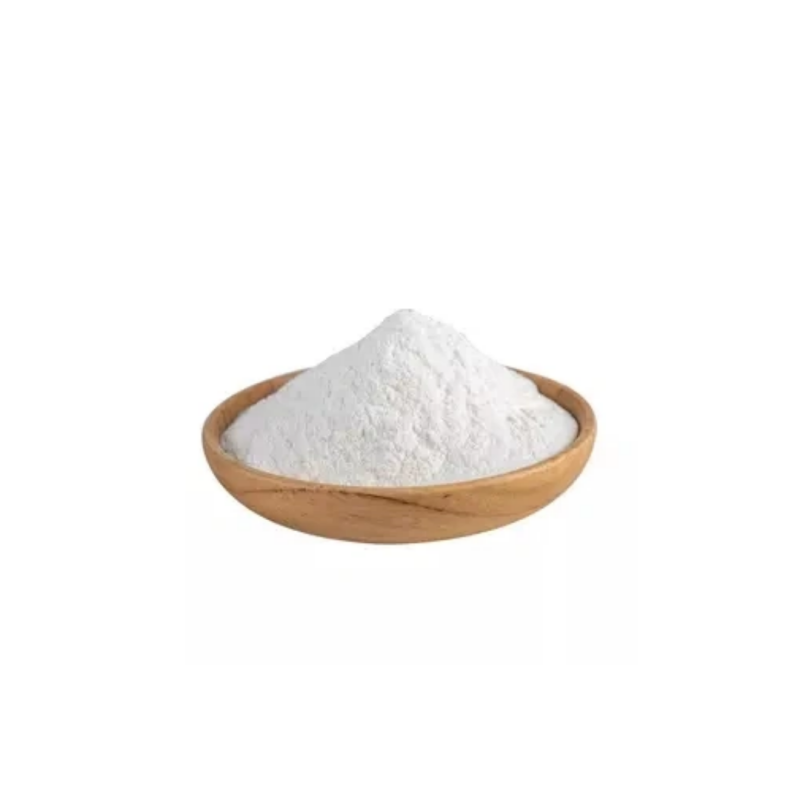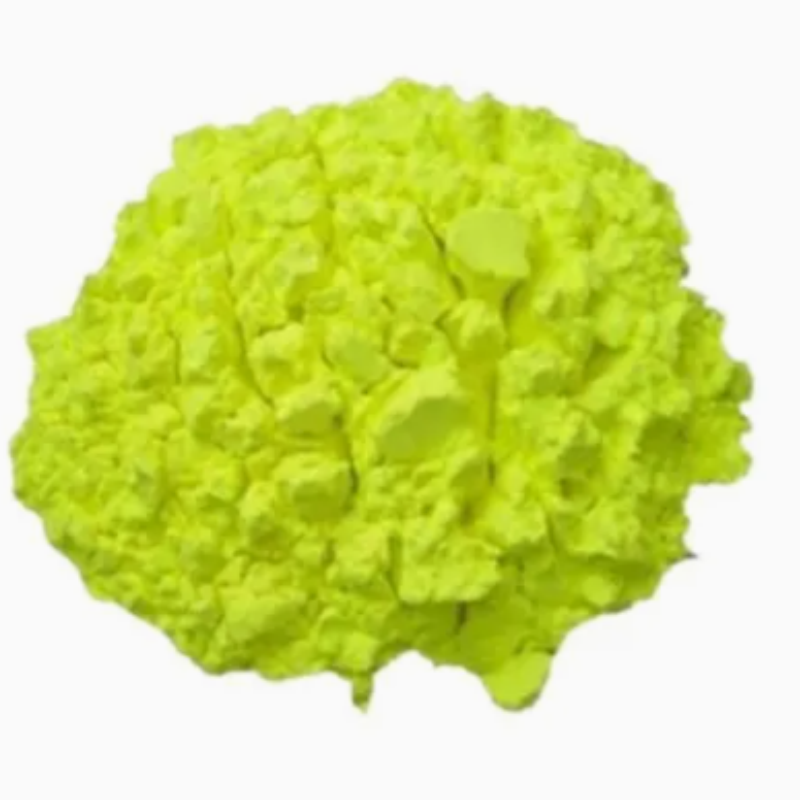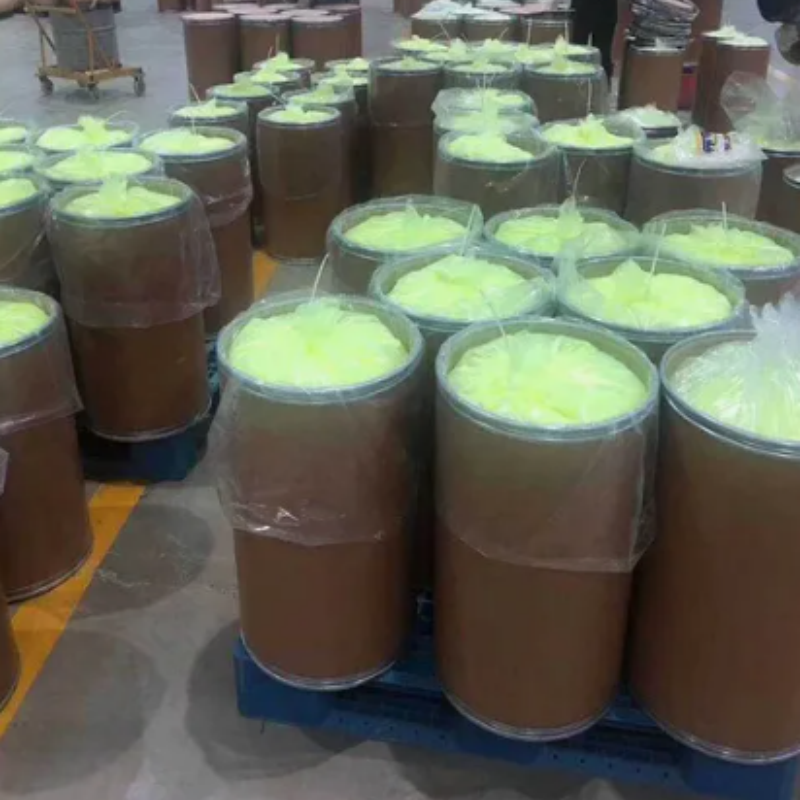-
Categories
-
Pharmaceutical Intermediates
-
Active Pharmaceutical Ingredients
-
Food Additives
- Industrial Coatings
- Agrochemicals
- Dyes and Pigments
- Surfactant
- Flavors and Fragrances
- Chemical Reagents
- Catalyst and Auxiliary
- Natural Products
- Inorganic Chemistry
-
Organic Chemistry
-
Biochemical Engineering
- Analytical Chemistry
-
Cosmetic Ingredient
- Water Treatment Chemical
-
Pharmaceutical Intermediates
Promotion
ECHEMI Mall
Wholesale
Weekly Price
Exhibition
News
-
Trade Service
At present, in the plastics industry, TPU is widely welcomed by the public due to its superior performance and environmental protection.
TPU not only has excellent high tension, high tensile strength, toughness and anti-aging properties, it is widely used in: clothing, shoe materials, fabrics, medical equipment, car seats and so on
.
However, although TPU has significant advantages, it also has some disadvantages.
Since many consumers do not understand this, I will introduce the advantages and disadvantages of TPU! Advantages of TPU: 1.
Superior wear resistance
.
Especially in the presence of water, oil and other wetting media, its wear resistance is often several times and dozens of times that of ordinary rubber materials
.
Although metal materials such as steel are very hard, they are not necessarily wear-resistant.
For example, large-scale water pumps in the Yellow River irrigation area, the metal mouth ring and protection ring of the flow parts have been washed by a large amount of sediment, and it will be severely worn and leaked within a few hundred hours.
, While the mouth ring and the protective ring covered with polyurethane elastomer have not worn out after 1800 hours of continuous operation
.
Others such as the rubber rollers of the rice hulling machine, the vibrating screen for coal preparation, the race track of the sports field, the dynamic oil seal ring for the crane forklift, the elevator wheel and the roller skate wheel, etc.
are also polyurethane elastomers.
Where it comes in
.
One point that needs to be mentioned here is that to increase the friction coefficient of low- and medium-hardness polyurethane elastomer parts and improve the wear resistance under load, a small amount of aluminum disulfide, graphite or silicone oil can be added to this type of polyurethane elastomer.
Lubricant
.
2.
Through the selection of raw materials and the adjustment of formulas, changes can be made within a certain range, so as to meet the different requirements of users for product performance
.
For example, hardness is often an important indicator of users’ products.
Polyurethane elastomers can be made into soft printing rubber rollers with a Shore A hardness of about 20, or hard rolled steel rubber rollers with a Shore D hardness of 70 or more.
This is difficult for general elastomer materials
.
Polyurethane elastomer is a polar polymer material composed of many flexible and rigid segments.
As the proportion of rigid segments increases and the density of polar groups increases, the original strength and hardness of the elastomer will increase accordingly
.
3.
Diverse processing methods and wide applicability
.
Polyurethane elastomer can be formed by plasticizing, mixing, and vulcanizing process like general rubber (referring to MPU); it can also be made into liquid rubber, pouring and compression molding or spraying, potting, centrifugal molding (referring to CPU); it can also be made Granular materials, like ordinary plastics, are molded by injection, extrusion, calendering, blow molding and other processes (refers to CPU)
.
Molded or injection molded parts can also be processed by cutting, grinding, drilling, etc.
within a certain hardness range
.
The diversity of processing makes the applicability of polyurethane elastomers very wide, and the application fields continue to expand
.
4.
Oil resistance, ozone resistance, aging resistance, radiation resistance, low temperature resistance, good sound permeability, strong adhesion, excellent biocompatibility and blood compatibility
.
These advantages are the reasons why polyurethane elastomers are widely used in military, aerospace, acoustics, biology and other fields
.
Disadvantages of TPU: 1.
Not resistant to strong polar solvents and strong acid and alkali media
.
At a certain temperature, alcohol, acid, and ketone will swell and degrade the polyurethane elastomer
.
Solvents such as chloroform, dichloromethane, dimethylformamide, trichloroethylene will swell the polyurethane elastomer at room temperature .
2.
High internal heat generation and general high temperature resistance
.
The normal operating temperature range is -40~120℃
.
If long-term effects are required under high-frequency oscillation conditions or high-temperature conditions, corresponding modification measures must be taken in structural design or formulation
.
The above advantages and disadvantages of TPU are shared here.
Because TPU has excellent mechanical properties, elasticity, high abrasion resistance, chemical resistance, and excellent biocompatibility.
.
.
and other special properties, it has rapidly developed into today’s daily necessities.
One of the most important materials in industrial applications and medical industry
.
TPU not only has excellent high tension, high tensile strength, toughness and anti-aging properties, it is widely used in: clothing, shoe materials, fabrics, medical equipment, car seats and so on
.
However, although TPU has significant advantages, it also has some disadvantages.
Since many consumers do not understand this, I will introduce the advantages and disadvantages of TPU! Advantages of TPU: 1.
Superior wear resistance
.
Especially in the presence of water, oil and other wetting media, its wear resistance is often several times and dozens of times that of ordinary rubber materials
.
Although metal materials such as steel are very hard, they are not necessarily wear-resistant.
For example, large-scale water pumps in the Yellow River irrigation area, the metal mouth ring and protection ring of the flow parts have been washed by a large amount of sediment, and it will be severely worn and leaked within a few hundred hours.
, While the mouth ring and the protective ring covered with polyurethane elastomer have not worn out after 1800 hours of continuous operation
.
Others such as the rubber rollers of the rice hulling machine, the vibrating screen for coal preparation, the race track of the sports field, the dynamic oil seal ring for the crane forklift, the elevator wheel and the roller skate wheel, etc.
are also polyurethane elastomers.
Where it comes in
.
One point that needs to be mentioned here is that to increase the friction coefficient of low- and medium-hardness polyurethane elastomer parts and improve the wear resistance under load, a small amount of aluminum disulfide, graphite or silicone oil can be added to this type of polyurethane elastomer.
Lubricant
.
2.
Through the selection of raw materials and the adjustment of formulas, changes can be made within a certain range, so as to meet the different requirements of users for product performance
.
For example, hardness is often an important indicator of users’ products.
Polyurethane elastomers can be made into soft printing rubber rollers with a Shore A hardness of about 20, or hard rolled steel rubber rollers with a Shore D hardness of 70 or more.
This is difficult for general elastomer materials
.
Polyurethane elastomer is a polar polymer material composed of many flexible and rigid segments.
As the proportion of rigid segments increases and the density of polar groups increases, the original strength and hardness of the elastomer will increase accordingly
.
3.
Diverse processing methods and wide applicability
.
Polyurethane elastomer can be formed by plasticizing, mixing, and vulcanizing process like general rubber (referring to MPU); it can also be made into liquid rubber, pouring and compression molding or spraying, potting, centrifugal molding (referring to CPU); it can also be made Granular materials, like ordinary plastics, are molded by injection, extrusion, calendering, blow molding and other processes (refers to CPU)
.
Molded or injection molded parts can also be processed by cutting, grinding, drilling, etc.
within a certain hardness range
.
The diversity of processing makes the applicability of polyurethane elastomers very wide, and the application fields continue to expand
.
4.
Oil resistance, ozone resistance, aging resistance, radiation resistance, low temperature resistance, good sound permeability, strong adhesion, excellent biocompatibility and blood compatibility
.
These advantages are the reasons why polyurethane elastomers are widely used in military, aerospace, acoustics, biology and other fields
.
Disadvantages of TPU: 1.
Not resistant to strong polar solvents and strong acid and alkali media
.
At a certain temperature, alcohol, acid, and ketone will swell and degrade the polyurethane elastomer
.
Solvents such as chloroform, dichloromethane, dimethylformamide, trichloroethylene will swell the polyurethane elastomer at room temperature .
2.
High internal heat generation and general high temperature resistance
.
The normal operating temperature range is -40~120℃
.
If long-term effects are required under high-frequency oscillation conditions or high-temperature conditions, corresponding modification measures must be taken in structural design or formulation
.
The above advantages and disadvantages of TPU are shared here.
Because TPU has excellent mechanical properties, elasticity, high abrasion resistance, chemical resistance, and excellent biocompatibility.
.
.
and other special properties, it has rapidly developed into today’s daily necessities.
One of the most important materials in industrial applications and medical industry
.







